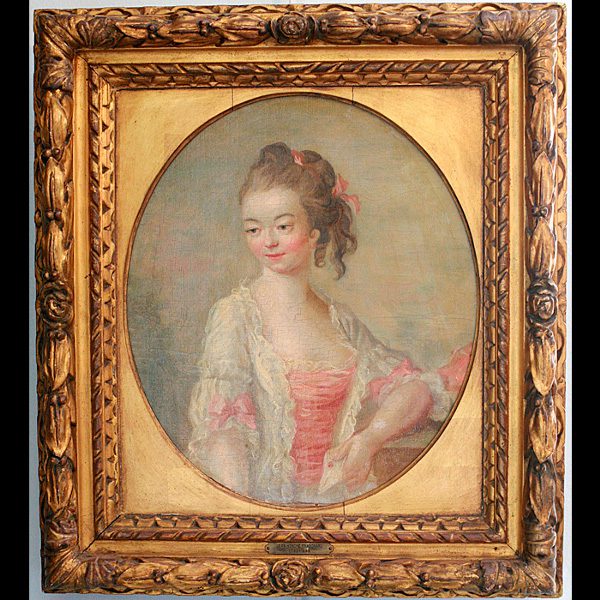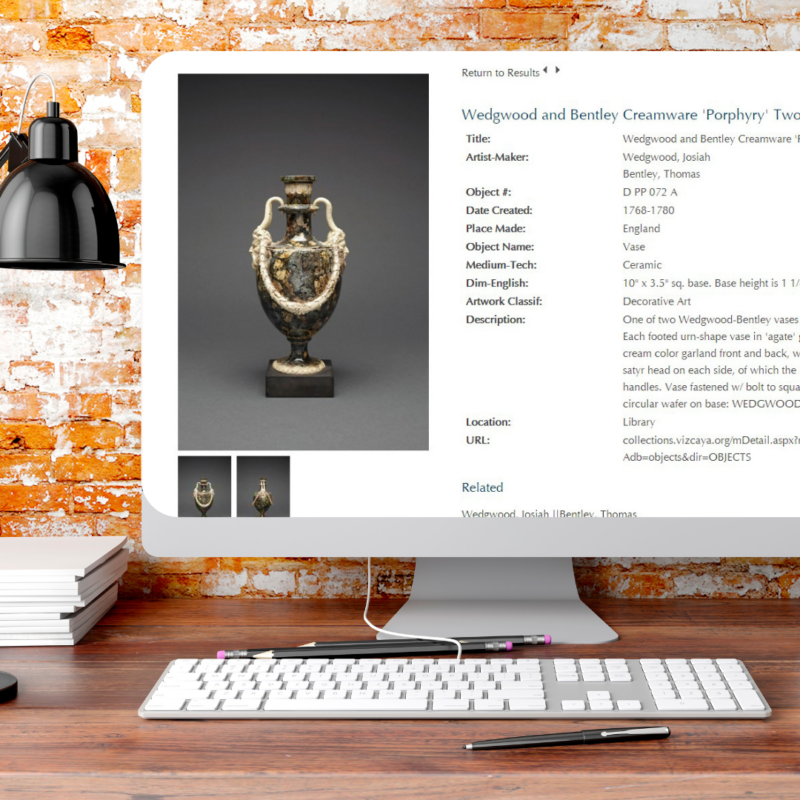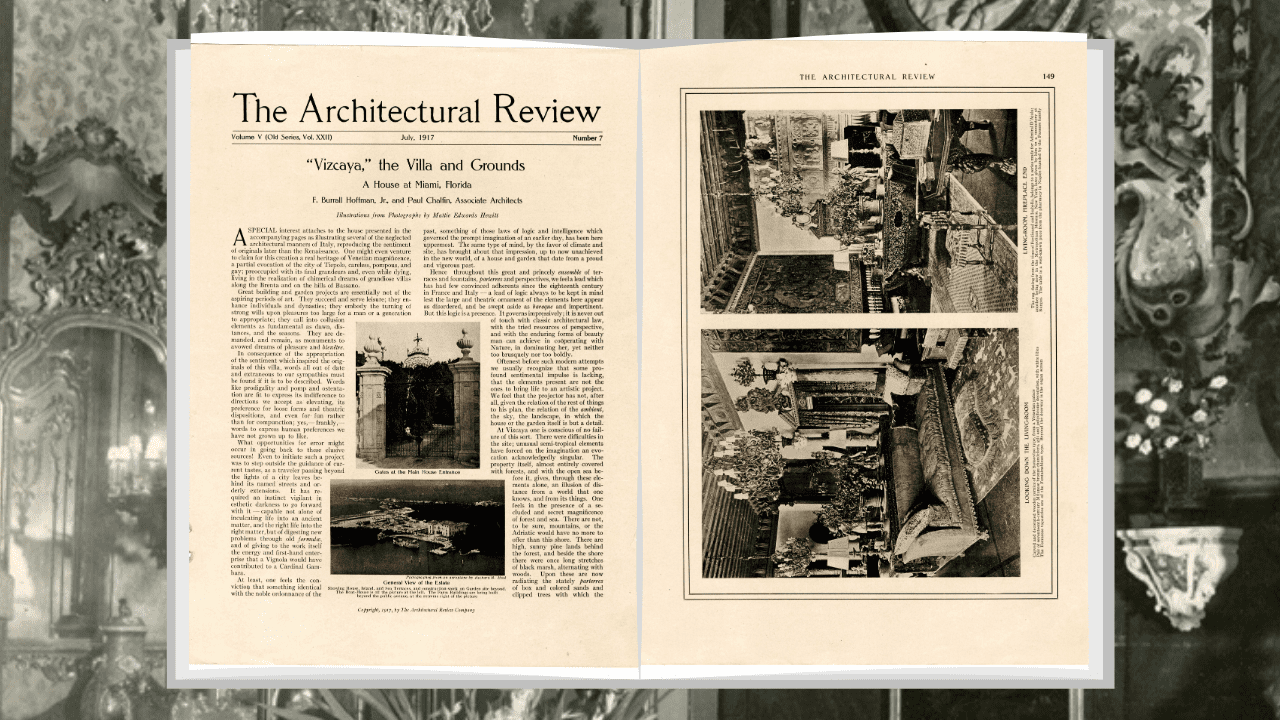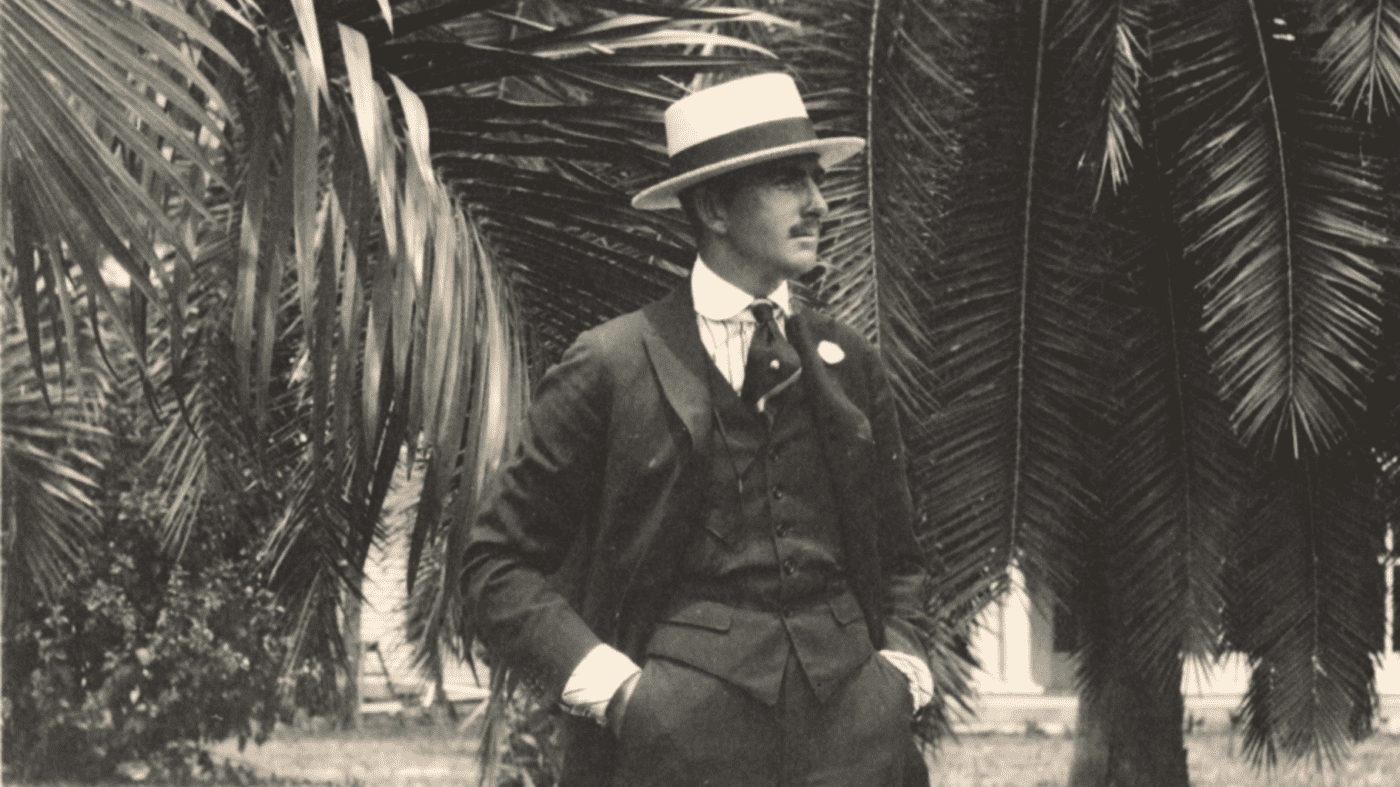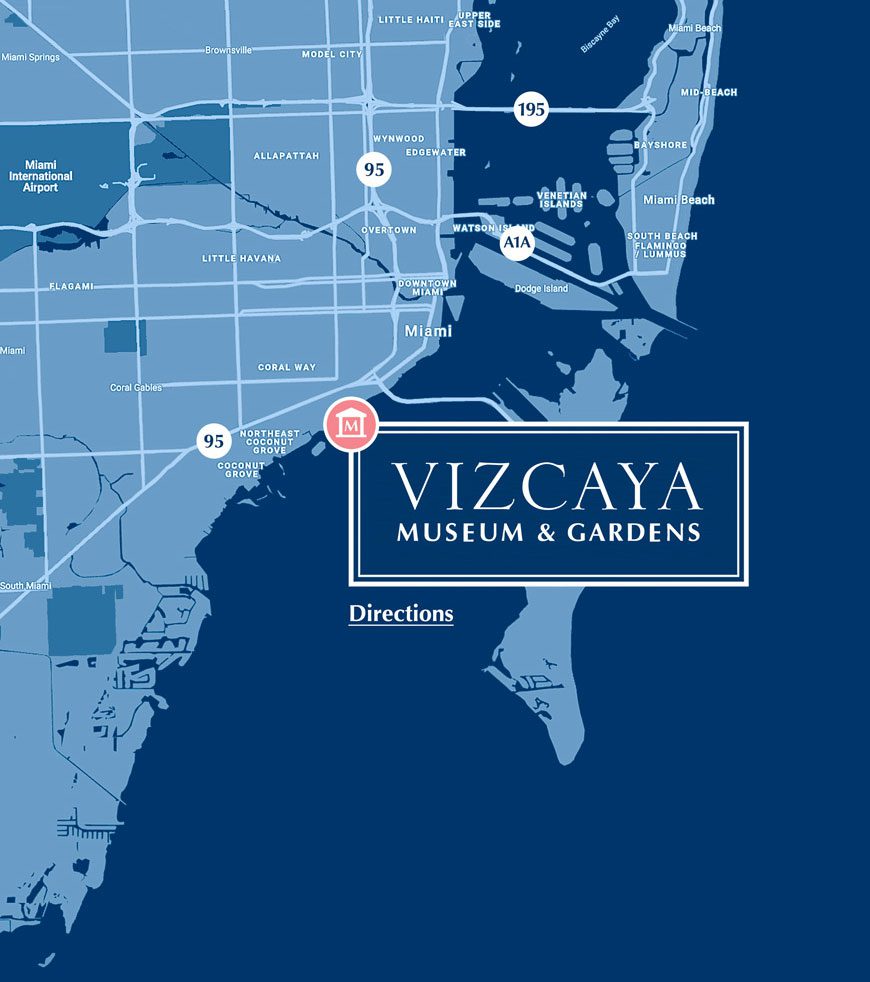Stolen artwork
From 1933 to 1945, during the period of Nazi domination in Germany and World War II, millions of objects of art and cultural property in Continental Europe were unlawfully and often forcibly taken from their owners. Those who lost artworks to Nazi forces included private collectors, victims of the Holocaust, museums and galleries, and religious and educational institutions.
Post-World War II
Following the end of World War II some of these objects were returned to their countries of origin, and to their rightful owners or their heirs. Many objects, however, have found their way into private collections as well as public museums around the world.
Guidelines for museums
In the late 1990s, the American Alliance of Museums (AAM), the Association of Art Museum Directors (AAMD) and the Presidential Advisory Commission on Holocaust Assets in the United States (PCHA) developed guidelines for presenting information on Nazi-era objects to the public.
In compliance with these guidelines, museums have been making information available on those objects in their collections that might have changed hands in Continental Europe between 1932 and 1945.
The Mendel collection and research of prior ownership
Vizcaya acquired virtually all of its collections prior to 1920 under the patronage of its creator, James Deering. However, during the 1980s Vizcaya received a donation of 34 works of art from the late Claire Mendel of Miami Beach, Florida. Mr. Mendel purchased his collection primarily in Europe in the 1950s.
When the Mendel Collection arrived at Vizcaya, little or no information about its provenance (the history of ownership and location) prior to Mr. Mendel’s acquisition was available. Because of the period in which the Mendel Collection was assembled, Vizcaya staff is researching prior ownership of the individual artworks, with a focus on their provenance during World War II. This research has revealed important information.
The return of The Holy Trinity, Seat of Mercy (Georg Pencz 1500–1550)
Vizcaya has already identified and returned one looted painting to its rightful owner. During the Nazi occupation of Poland, The Holy Trinity, Seat of Mercy, attributed to Georg Pencz (1500–1550), had been removed from the National Museum in Warsaw without authorization. In 2002, Vizcaya returned the painting to the National Museum in Warsaw, immediately after being informed of its history.
The search continues
The Provenance Research Gallery shows the remaining 33 objects in Vizcaya’s collection whose ownership history is being examined.
The provenance research on the Mendel collection has been supported by grants from the National Endowment for the Arts and The Rosenstiel Foundation.
Inquiries regarding this collection and its provenance can be directed to Tracy Kamerer, Director of Art & Artifacts Stewardship at tracy.kamerer@vizcaya.org.
RESEARCH GALLERY
The Provenance Research Gallery shows the remaining objects in Vizcaya’s collection whose ownership history is being examined.


